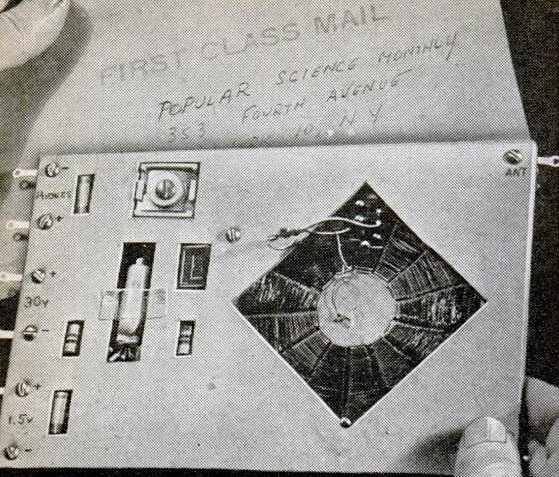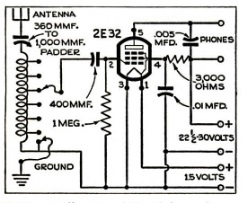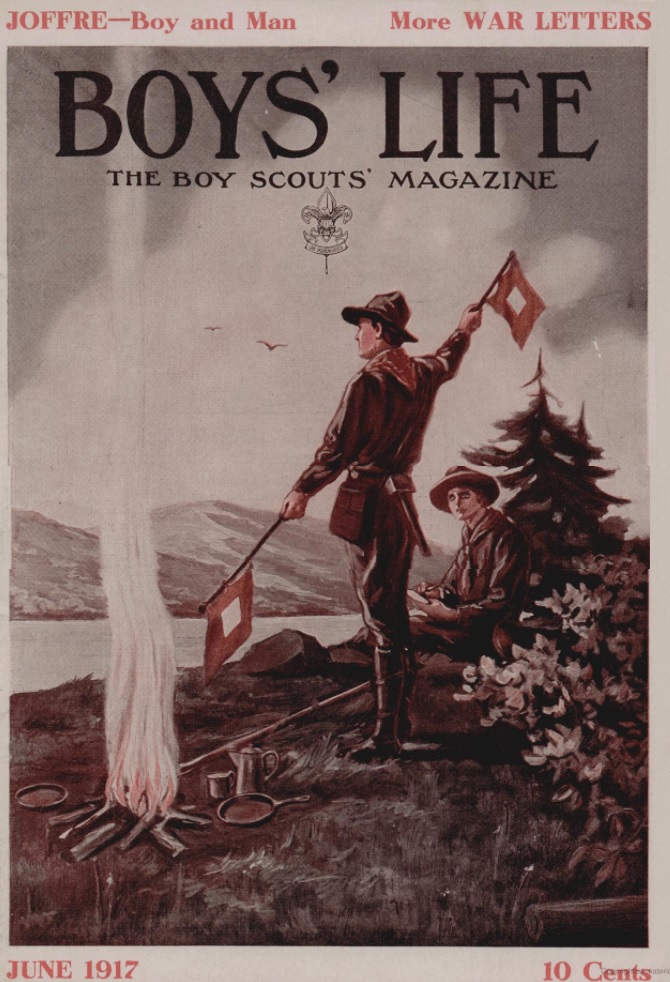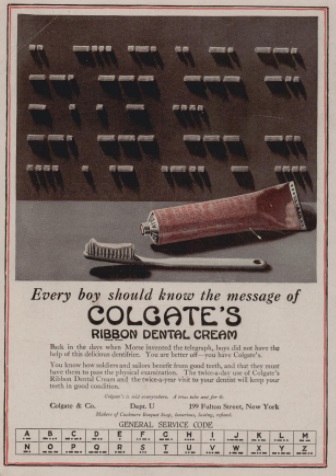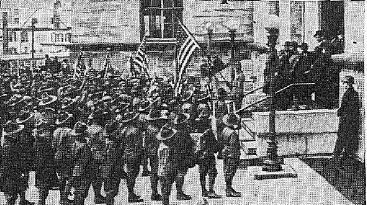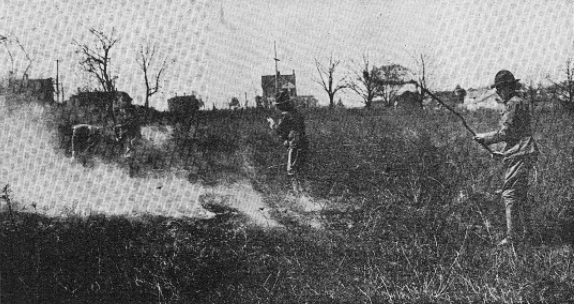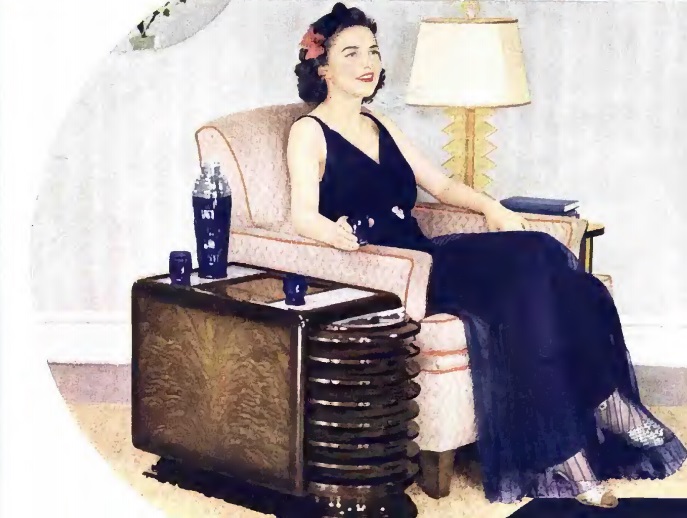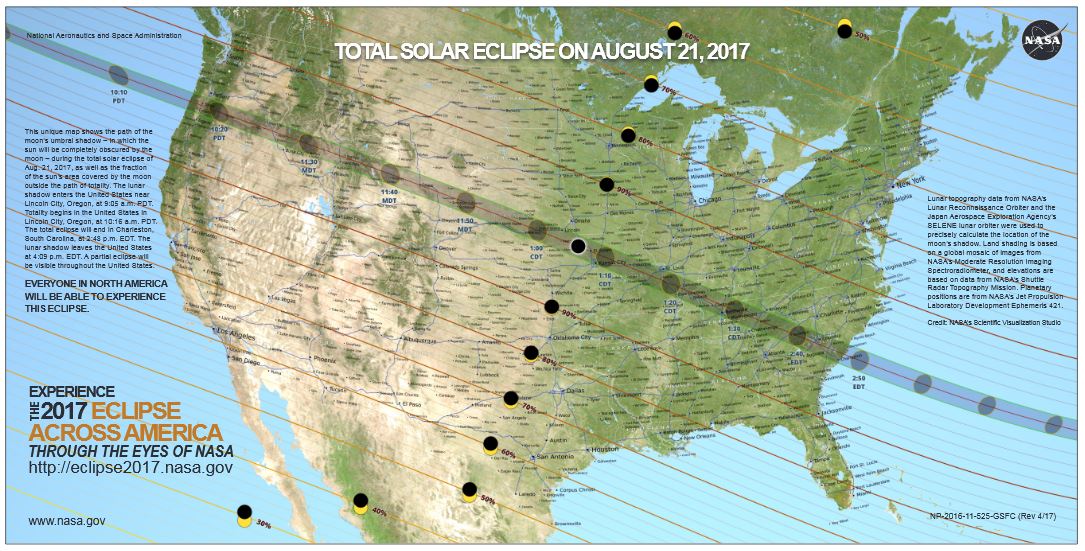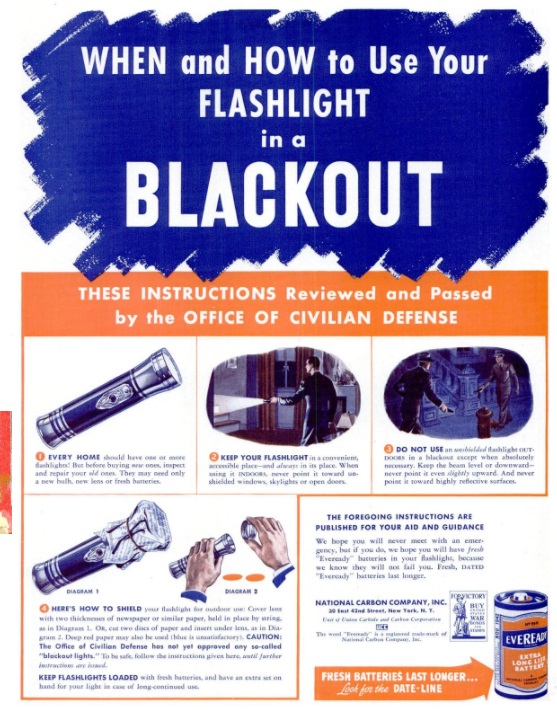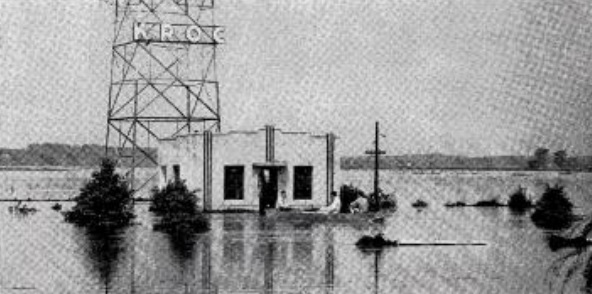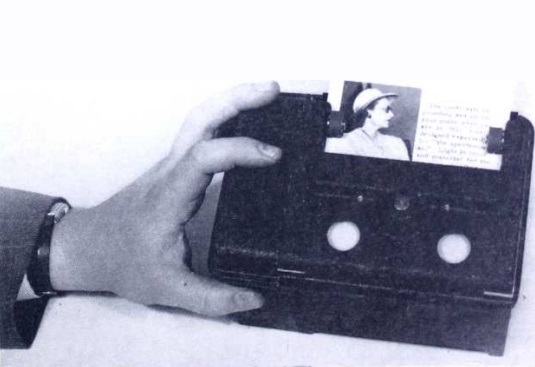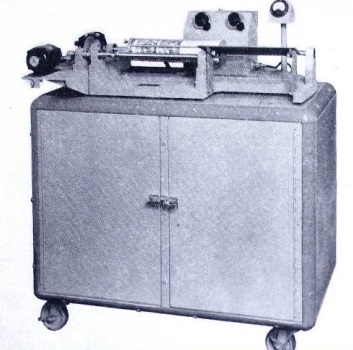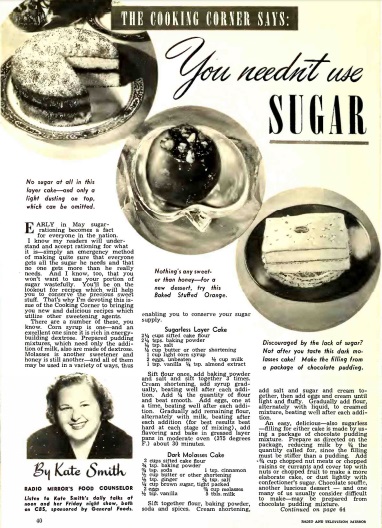
 On August 21, 2017, a total eclipse of the sun will be visible as it passes across the United States from Coast to Coast. This is the first time an eclipse has been visible from coast to coast since 1918. I have seen partial eclipses, and they are a somewhat interesting phenomenon. However, I have never witnessed a total eclipse of the sun, and my family plans to travel to Nebraska to view it.
On August 21, 2017, a total eclipse of the sun will be visible as it passes across the United States from Coast to Coast. This is the first time an eclipse has been visible from coast to coast since 1918. I have seen partial eclipses, and they are a somewhat interesting phenomenon. However, I have never witnessed a total eclipse of the sun, and my family plans to travel to Nebraska to view it.
The total eclipse will be visible only on a band about 70 miles wide stretching from Oregon to South Carolina. If you are not within this band, you might not even notice the eclipse if you’re not watching for it. But within this band, the sky will become dark, stars will be visible, and only the sun’s corona will be visible.
During the approximately two minutes of totality, it is safe to view the sun with the naked eye. But even if only a tiny portion of the sun is visible, then it is necessary to use eye protection. Therefore, if you are planning to view the eclipse, two things are necessary.
1. Get Your Eclipse Glasses!
First of all, you will want to get a set of eclipse glasses, such as the ones shown here. With these glasses, which cost about $2, you will be able to safely view the eclipse if you are not in the path of totality, or if you want to look at the sun before and after totality.

 During a 2015 partial eclipse in England, there was a shortage of the eclipse glasses. In the days leading up to the eclipse, thousands searched in vain to find a pair, but there were none available, or they were available only at grossly inflated prices. These glasses are still readily available online at reasonable prices. I recently purchased 10 pairs of the glasses shown here, and they were shipped to me in about a week. The total price for 10 pairs, including shipping, was about $17. I’ll post a review in a few days, but they appear to be well made for what they are, and they have the appropriate ISO safety certification.
During a 2015 partial eclipse in England, there was a shortage of the eclipse glasses. In the days leading up to the eclipse, thousands searched in vain to find a pair, but there were none available, or they were available only at grossly inflated prices. These glasses are still readily available online at reasonable prices. I recently purchased 10 pairs of the glasses shown here, and they were shipped to me in about a week. The total price for 10 pairs, including shipping, was about $17. I’ll post a review in a few days, but they appear to be well made for what they are, and they have the appropriate ISO safety certification.
Unfortunately, I don’t know anyone else who has ordered in advance. I suspect that, just like in England, there will be a huge demand at the last minute. Stores won’t have them, and it will be too late to order online, or online suppliers will also run out. Therefore, I strongly recommend that you order now while they are still available. The set of ten that I ordered can be ordered from the following Amazon link:
Numerous other options are available on Amazon at this link.
In the Twin Cities area, I am only aware of these stores selling eclipse glasses. They are:
2. Make Your Hotel Reservations!
The other item you will want to consider is traveling to view the eclipse. The partial eclipse that will be visible in most of the United States is certainly interesting, but for most, the total eclipse, visible only in a 70 mile wide band, is a once in a lifetime experience. Most Americans are within a day’s drive, and it’s certainly worth the drive. Surprisingly, some hotel rooms are still available, even though many cities along the path have been booked solid for months. My family will be staying in Hastings, Nebraska, although that city is now completely sold out.
If all else fails, I would recommend simply driving to the path of totality, and sleeping in your car if necessary. However, rooms are still available in many cities on and close to the path of totality. The following table will give you some idea of what is available. As you can see, the last hotel room in Casper, Wyoming, is a modest motel going for $800 a night. But even though rooms are filling up fast, the following table gives you some idea of what is available.
This table shows availability at Hotels.com, as of June 16. As you can see, many cities still have bargain hotels available. This will certainly change as the eclipse gets closer, so. I encourage you to do as I did and make your reservation now.
I have included a link to the least expensive hotel in the city. In some cases, this hotel might be a few miles from the path of totality, so you will still have to drive to the location of the eclipse. But by booking a nearby hotel, you will make the process much easier, since you won’t have to worry about driving all night or sleeping in your car. This chart shows availability for the night of August 20, the night before the eclipse. The time of the eclipse will vary by location, but will be around midday on Monday, August 21.
As of today, inexpensive rooms are still available in Lincoln, NE, Kansas City, MO, Columbia, MO, Jefferson City, MO, St. Louis, MO, Paducah, KY, Nashville, TN, Greenville, NC, Columbia, SC, and Charleston, SC. But I guarantee that will no longer be true in a couple of weeks!
Before I made my own hotel reservation last year, I did check on campground availability. At that time, the campgrounds I checked were already sold out. However, you may wish to check on campgrounds, including state parks on or near the path of totality. (See the list of Nebraska State Parks at the end of this post.)
The links below are to the least expensive hotel in the area, as of June 16. There might be other hotels that are more suitable or closer to the path of totality. But this will give you an idea of what is available.
For constantly update hotel information, please visit the following posts:
| City |
Lowest price |
City Percent Booked |
Link to Least Expensive Hotel |
| Salem, OR |
Not Available |
100.00% |
|
| Jackson, WY |
Not Available |
100.00% |
|
| Casper, WY |
$801 |
96% |
1st Interstate Motel |
| Glendo, WY |
Not Available |
100.00% |
|
| Alliance, NE |
Not Available |
100.00% |
|
| Grand Island, NE |
Not Available |
100.00% |
|
| Lincoln, NE |
$43.00 |
76.00% |
Americas Best Value Inn Lincoln Airport |
| Kansas City, MO |
$42.00 |
|
Super 8 Lenexa Overland Pk Area |
| Columbia, MO |
$43.00 |
78.00% |
Frontier Motel |
| Jefferson City, MO |
$50.00 |
Almost 100% |
California Motel |
| St. Louis, MO |
$39.00 |
|
Motel 6 Hazelwood |
| Cape Giraredeau, MO |
Not Available |
100.00% |
|
| Carbondale, IL |
Not Available |
100.00% |
|
| Paducah, KY |
$180.00 |
98.00% |
Wingfield Inn |
| Nashville, TN |
$50.00 |
72.00% |
Super 8 Nashville Downtown |
| Greenville, NC |
$44.00 |
|
Days Inn Washington NC |
| Columbia, SC |
$42.00 |
74.00% |
Budget Inn Express-columbia |
| Charleston, SC |
$60.00 |
93.00% |
Econo Lodge North |
Nebraska State Parks
It does not appear that there are any reservable campsites at Nebraska State Parks in the path of totality. But the following Nebraska State parks have sites available for reservation as of June 16. Most of these are north of the path of totality, some as much as a hundred miles or more. But for those visiting Nebraska from the north, one of these parks might be a good option, since you can camp there, and then drive to view the eclipse Monday morning.
- Branched Oak SRA
- Calamus SRA
- Chadron SP
- Eugene T. Mahoney SP
- Fort Robinson SP
- Fremont SRA
- Lake Wanahoo State Recreation Area
- Lewis and Clark SRA
- Louisville SRA
- Niobrara State Park
- Platte River SP
- Ponca SP
- Rock Creek Station SHP
- Two Rivers SRA
- Willow Creek SRA













